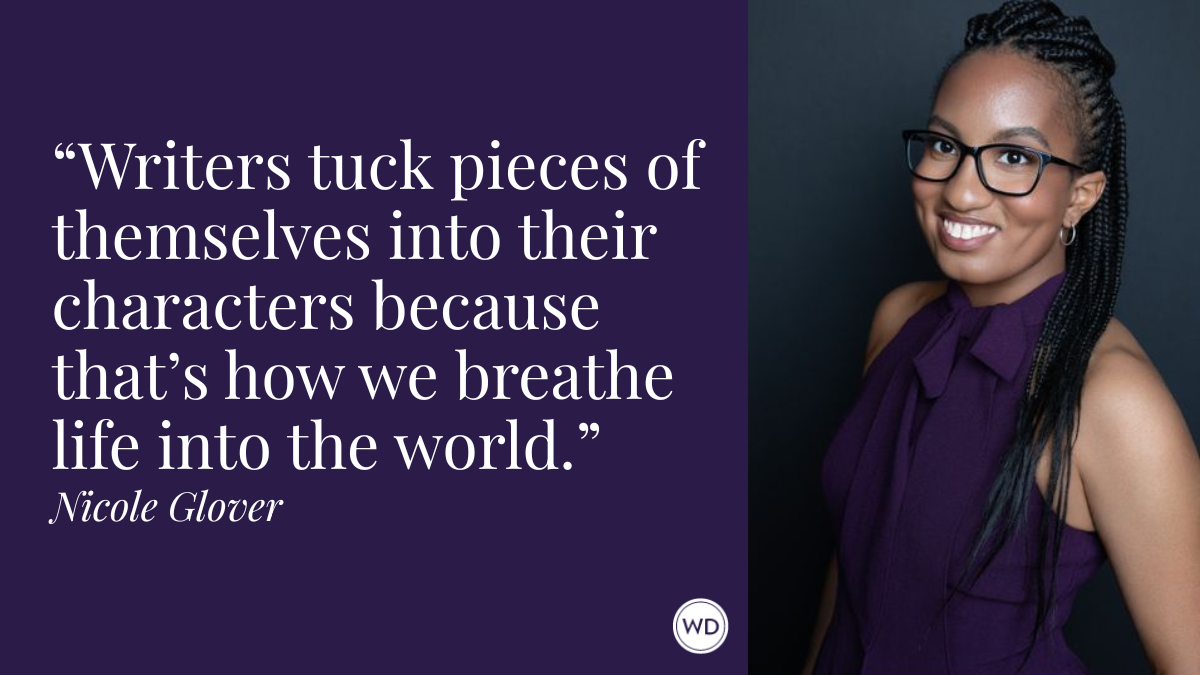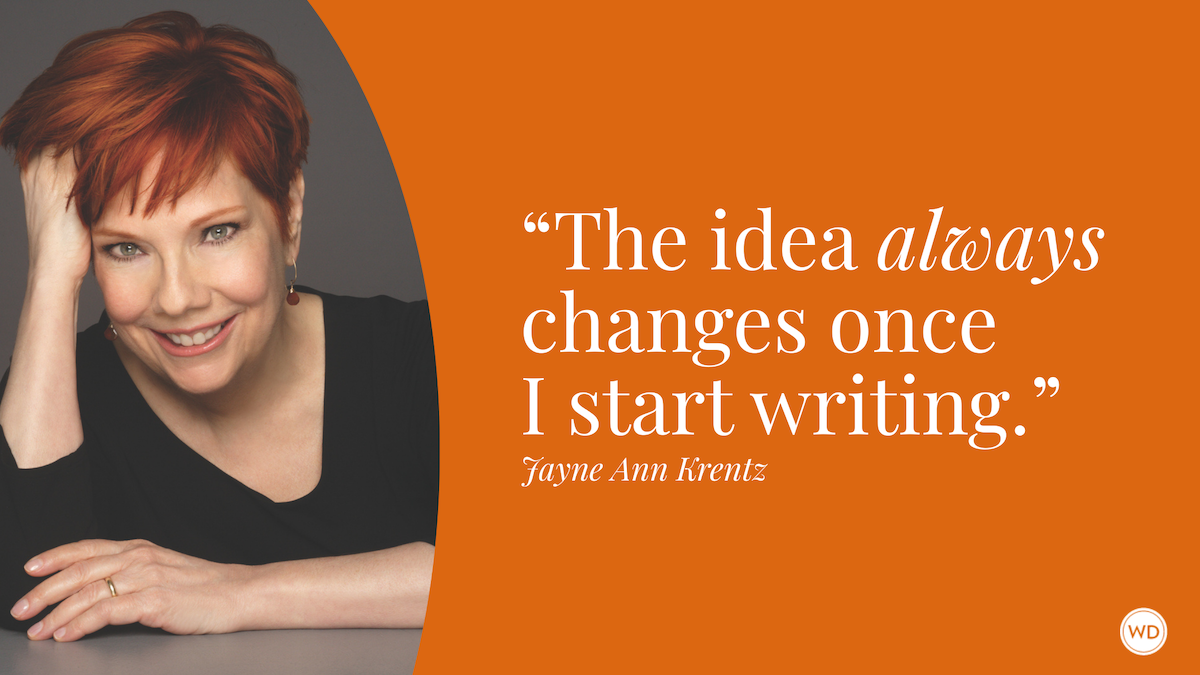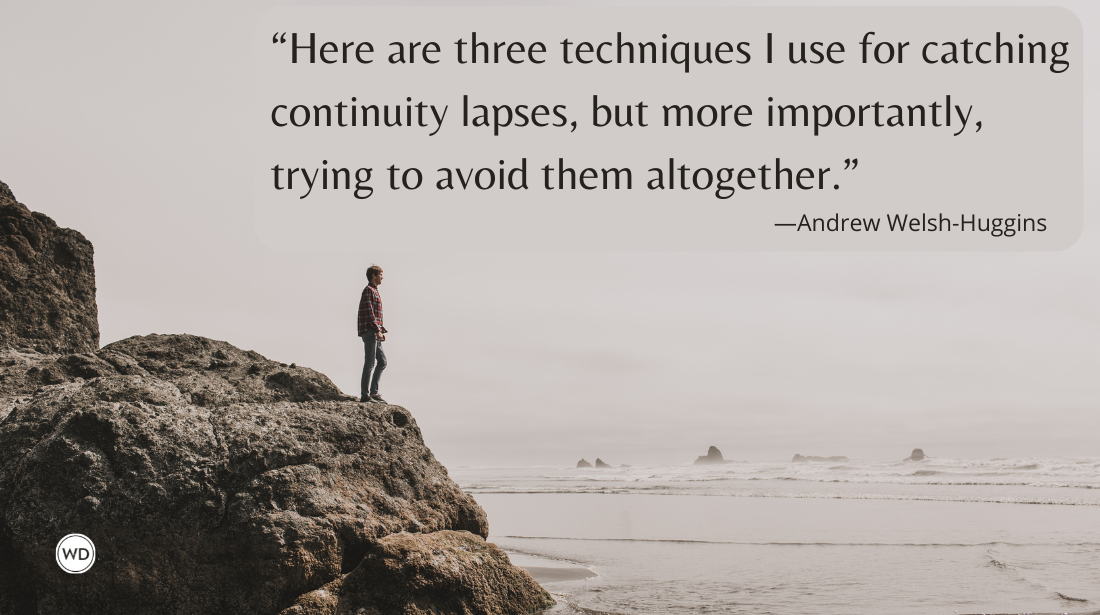Three Keys to Crafting Chemistry Between Characters
Romance author Michelle Major explains her three go-to tips for ensuring your characters have believable chemistry.
What is chemistry? Well, if you ask my two high schoolers, Chemistry is a really hard class that mom the writer can’t help them with at all. And according to Dictionary.com, chemistry is the branch of science that deals with the identification of the substances of which matter is composed; the investigation of their properties and the ways in which they interact, combine, and change; and the use of these processes to form new substances as well as the complex emotional or psychological interaction between two people.
Despite my kids’ doubts, I have a lot of experience with chemistry—at least as it relates to creating it on the page. Chemistry between the hero and heroine in romance is the heart of the story. It’s both that indefinable spark and the deep emotional connection that keeps readers turning pages instead of turning off the light and heading to bed. Here are three keys to making sure your book is binge-worthy.
Three Keys to Crafting Chemistry Between Characters
1. Make readers care. The romance genre gets a bad rap with cliches like “bodice rippers” or “porn for women.” But the best romance books pull readers into the stories with details that make them care about the hero and heroine. Elements such as strong motivations, actions toward a visible goal, and a journey of transformation help readers identify with and relate to your characters. The reader feels what the characters feel toward each other through witty banter or revealing vulnerabilities. There might be a moment of surprise that shifts the dynamic—a push and pull of responses that give readers insight into the hero and heroine that they might not yet have. When we are watching them fall in love and are falling in love ourselves at the same time, it’s a magic moment.
2. Tension and stakes. Will they or won’t they? It’s a timeless question that keeps readers at the edge of their seats. Whether in books, movies, or with fan-favorite TV couples, there’s an investment in watching or reading a romance play out on the page or the screen. We feel those emotions right along with them and when an author ups the stakes, the reader goes with them for the ride. Make your characters messy and human. They make mistakes and they keep pushing forward, both with their individual goals and as it relates to the romance. Motivate them because the more there is to lose, the hotter the chemistry becomes, and the better the payoff is for the reader.
IndieBound | Bookshop | Amazon
[WD uses affiliate links.]
3. Intimacy at the level of essence. Chemistry is more than a physical connection, although that physical spark can play a big part in bringing two people together. But it can just as easily push them apart. What if your hero is falling for his boss? What if the heroine can’t stop the butterflies that flutter across her stomach at the sight of the guy who once broke her heart? Figure out why your characters are perfect for each other and at the same time the exact wrong choice for what they think they want. Then use that to create intimacy. Not just the mechanics of sex but how they reveal the vulnerabilities behind their guarded hearts. When you allow them to connect at that deep level, the reader has the authenticity of it. That’s how you create characters who live beyond “the end” in our hearts.
Every reader wants to feel something when they dive into the pages of a book. It’s our job to give them that emotional heartbeat. No matter the level of heat you write or whether you add a bit of mystery or paranormal into your romance, the chemistry between your characters is what makes the book unforgettable.
USA Today bestselling author Michelle Major loves stories of new beginnings, second chances, and always a happily ever after. An avid hiker and avoider of housework, she lives in the shadow of the Rocky Mountains with her husband, two teenagers, and a menagerie of spoiled furbabies. Connect with her at MichelleMajor.com.









